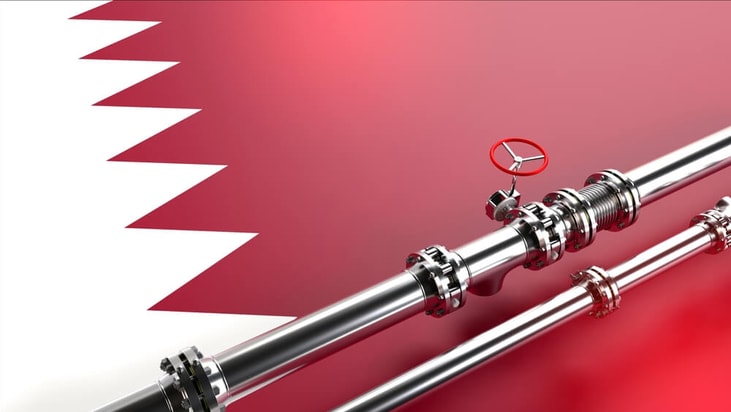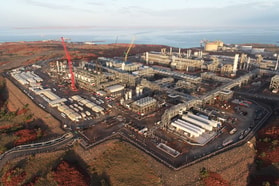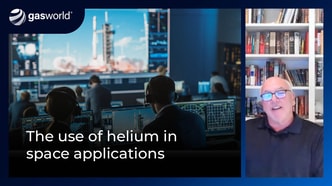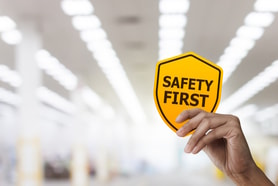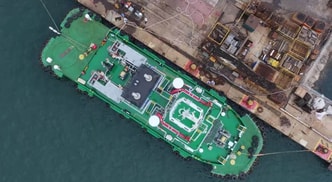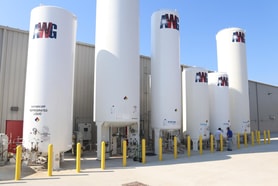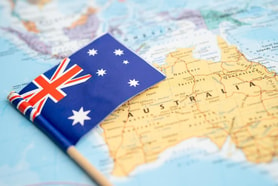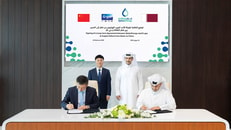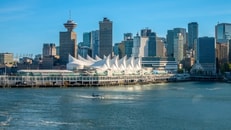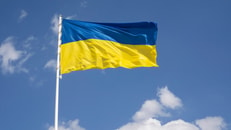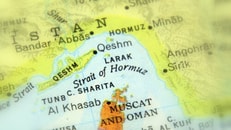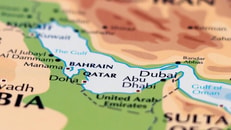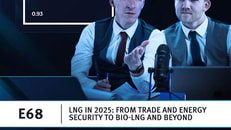Qatar targets more than 50% uplift in its LNG volumes by 2030
Qatar aims to increase LNG trading volumes to between 30 million and 40 million tonnes by 2030, up from around 10 million tonnes currently.
Speaking at the Qatar Economic Forum, Minister Saad Al-Kaabi said the mandate was that up to 50% must be non-Qatari volumes, which is the case today, before announcing the ambitious target.
“We’re going to be producing 160 million tonnes of LNG as projects that we’re participating in, if you include the US. We are at 77 million tonnes today and 70 ships – and adding 128. So all that will be under the control of our trading organisation, where they can trade some of that volume. Not all of it will be locked up in long-term deals, but we will have plenty to deal with.”
The Qatar Economic Forum has more than 1,500 global leaders in attendance and over 120 speakers.
... to continue reading you must be subscribed

